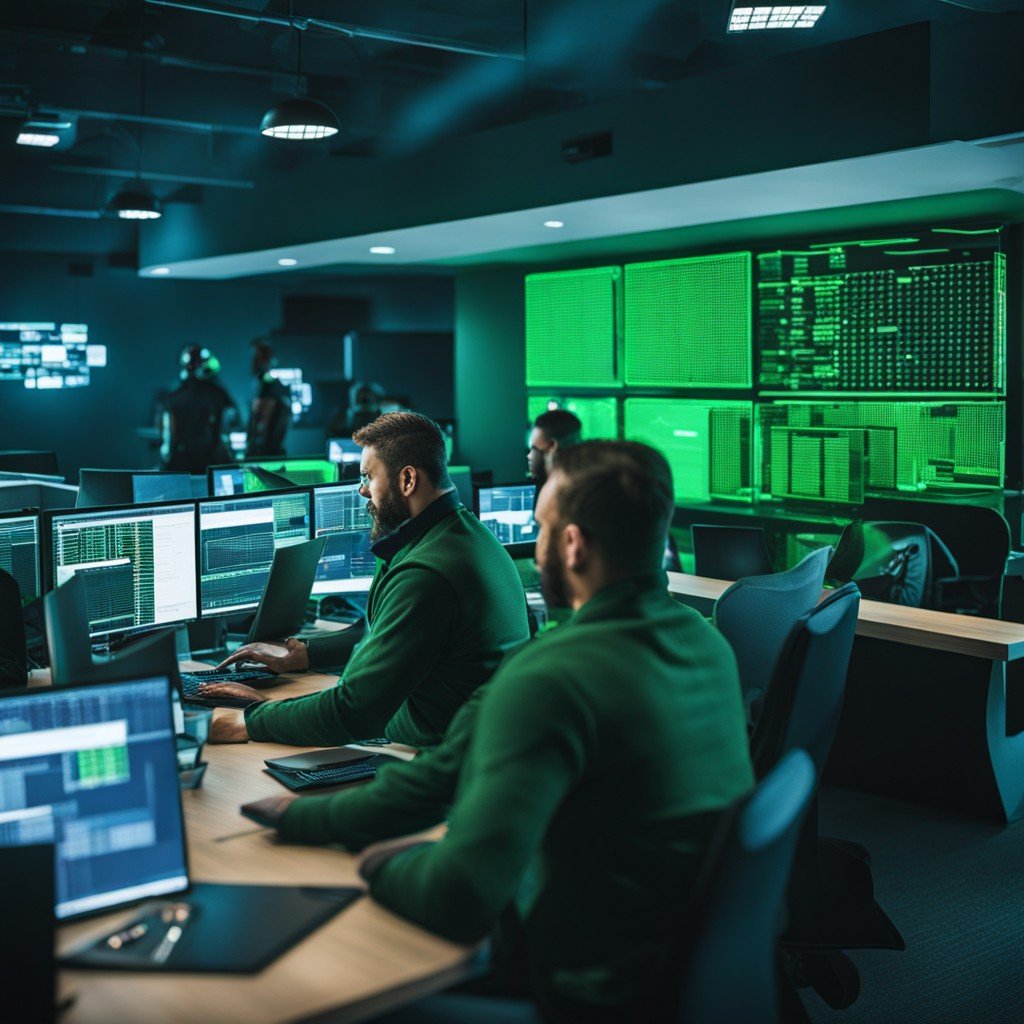Security Operations Centers (SOCs) play a pivotal role in protecting organizations, and one of their key functions is continuous monitoring. In this blog post, we’ll explore why continuous monitoring in SOC is crucial for staying ahead of emerging threats.
The Dynamic Cyber Threat Landscape
Rapidly Evolving Threats
Cybercriminals are continually developing new techniques to bypass traditional security measures. As a result, the threat landscape is dynamic and unpredictable, making it essential to keep a close eye on emerging threats.
Persistent and Stealthy Attacks
Advanced persistent threats (APTs) and stealthy attacks can remain undetected for extended periods. This necessitates continuous monitoring to identify and respond to threats as soon as they appear.
The Role of Continuous Monitoring in SOC
Real-Time Threat Detection
Continuous monitoring allows SOCs to detect threats in real-time, providing an immediate response to potential vulnerabilities and attacks.
Early Warning System
By continuously analyzing network traffic, logs, and system behavior, SOCs can act as an early warning system, identifying indicators of compromise that might otherwise go unnoticed.
Rapid Incident Response
Emerging threats can be mitigated promptly through continuous monitoring, minimizing damage and reducing the time it takes to resolve security incidents.
Adaptive Defense
Continuous monitoring supports adaptive defense strategies, enabling organizations to adapt to evolving threats by identifying new attack vectors and vulnerabilities.
Why Continuous Monitoring Matters
Identifying Zero-Day Vulnerabilities
Zero-day vulnerabilities are unknown to the vendor and have no available patches. Continuous monitoring helps identify these vulnerabilities by monitoring unusual patterns of behavior or exploitation attempts.
Reducing Dwell Time
Dwell time refers to the duration that a threat remains undetected within a network. Continuous monitoring minimizes dwell time, preventing attackers from accessing sensitive data.
Compliance Requirements
Many industries have compliance requirements that mandate continuous monitoring and rapid threat detection. Meeting these requirements is essential for avoiding legal and financial repercussions.
Business Continuity
Emerging threats can disrupt business operations and lead to financial losses. Continuous monitoring helps maintain business continuity by swiftly identifying and mitigating threats.
Implementing Continuous Monitoring in SOC
Automated Tools
SOCS use automated tools to continuously analyze vast amounts of data. These tools can detect anomalies, unusual behavior, and known attack patterns.
Real-Time Alerts
SOCS generate real-time alerts when potential threats are detected. These alerts are investigated by SOC analysts to determine their severity and validity.
Threat Intelligence
Continuous monitoring relies on threat intelligence sources to stay informed about the latest tactics and techniques employed by cybercriminals.
Summary
In the ever-changing digital landscape, continuous monitoring in SOC is vital for staying ahead of emerging threats. It provides real-time threat detection, early warning, rapid incident response, and adaptive defense. By identifying zero-day vulnerabilities, reducing dwell time, meeting compliance requirements, and ensuring business continuity, continuous monitoring strengthens an organization’s security posture. As cyber threats continue to evolve, SOC’s commitment to continuous monitoring remains a cornerstone of effective cybersecurity.





